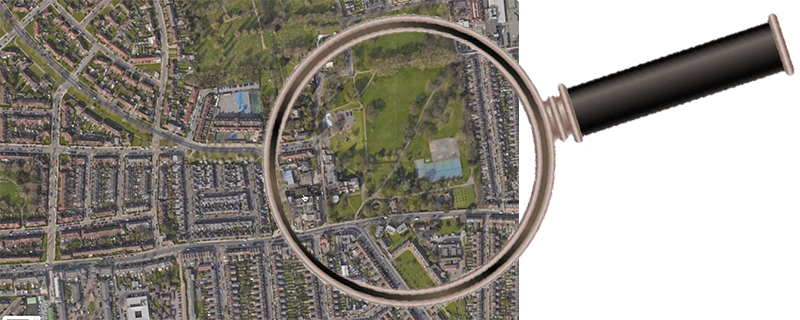Grey belt could deliver 3.4m new homes
Here’s where the most grey belt sites are located
The latest internal data release from Searchland, the development site sourcing specialists, has revealed which areas of the property market could benefit the most when it comes to the development of grey belt sites, with grey belt sites across England able to facilitate an estimated 3.4m new homes.
Searchland’s internal data highlights the estimated number of grey belt sites found across each local authority in England, with Searchland also calculating how many homes could be delivered to the market if all of these grey belt sites were to be utilised.
What is the grey belt?
Coined by the new Labour government, grey belt is defined as land within the Green Belt consisting of previously developed and poorly performing land, which largely focuses on poor quality land, car parks and wastelands, poor quality scrubland, disused petrol stations and any land which does not affect the beauty of the countryside.
How many grey belt sites are located across England?
Searchland’s data shows that there are currently an estimated 30,597 grey belt sites across England, enough to deliver 3.4m homes to the market if developed.
Regionally, the North West is home to the largest number of grey belt sites at 5,858, accounting for 19% of the national total and enough to build 720,592 new homes.
There is also a high proportion across the South East (18%), East of England (16%), West Midlands (15%) and Yorkshire and the Humber (15%).
Most grey belt sites by local authority
Searchland’s data also shows that, at local authority level, it’s Kirklees that is home to the most grey belt sites. The area is thought to have an estimated 1,005 grey belt sites, enough to deliver 104,487 new homes to market.
The 914 grey belt sites in Cheshire West and Chester could deliver 96,126 new homes, whilst 51,734 properties could be built across the 779 estimated grey belt sites located across Tandridge.
Other areas to feature within the top 10 with respect to the most grey belt sites include Cheshire East (741), Leeds (687), Bradford (672), Wakefield (670), Buckinghamshire (623), Bromsgrove (596) and Calderdale (569).
See the top 50 local authorities based on total grey belt site volume here.
Co-founder of Searchland, Hugh Gibbs, commented:
“Building on the Green Belt has been a hot topic for many years, and whilst those campaigning against concreting over the countryside are right to do so, there are swathes of land that don’t look like the beautiful rolling countryside you’d imagine.
So it’s great to see that our new Labour government has decided to act with a degree of common sense by bringing in the grey belt classification and identifying the areas of wrongly classified Green Belt that are ripe for development.
As our data shows, this could help boost the level of new homes reaching the market by 3.4m properties, which is more than double Labour’s ambitious target of 1.5m homes by 2030.”
Data tables
*Estimated number of grey belt sites sourced from Searchland (January 2025).







Leave a Reply
Want to join the discussion?Feel free to contribute!